Franklinite may not catch the eye at first glance, but it holds a unique intrigue due to its composition. This mineral, known for its deep black crystals, is exceptionally rare and can only be found in one specific location on the planet. Although its outward appearance may seem ordinary, franklinite captivates scientists and mineral enthusiasts with its distinctive scientific qualities and formation.
So, let’s take a closer look at franklinite and talk briefly about where it’s found and how to avoid fakes.
What is Frankilinite?
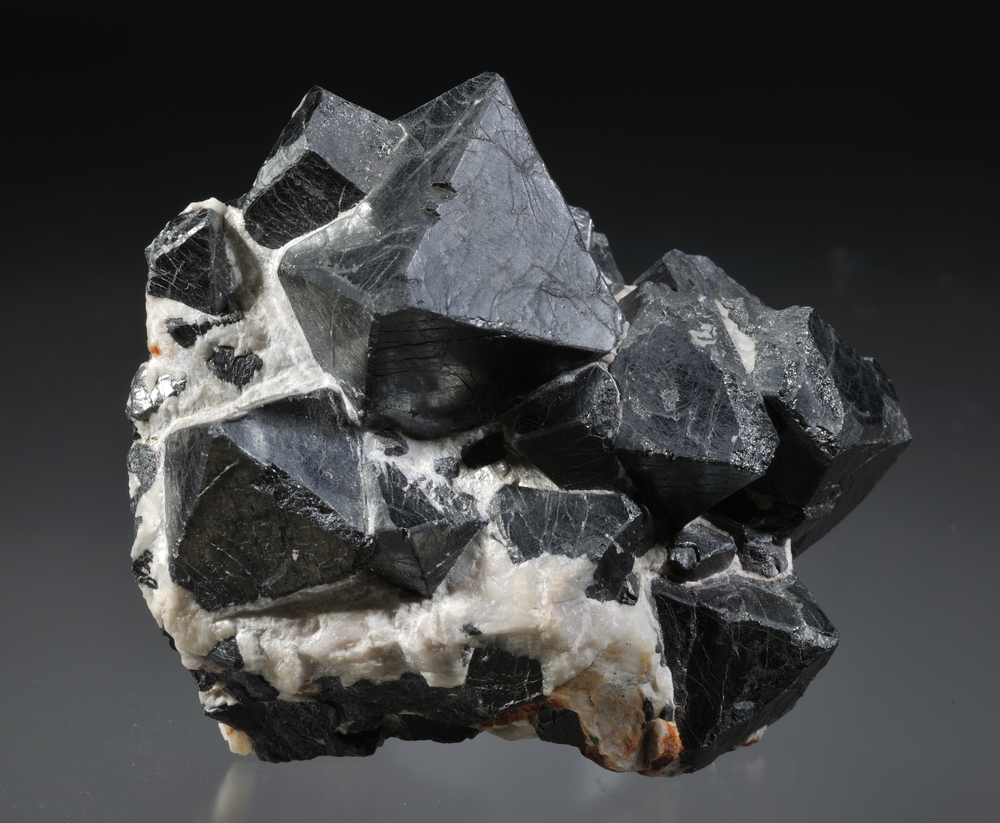
Franklinite is a relative of spinels, and by extension magnetite. It’s made up of zinc, iron, and oxygen. It’s a relatively hard mineral, sitting between 5.5 and 6.0 on the Moh’s scale and is generally found as black or grey crystals in combination with calcite, willemite, and zinc.
The mineral itself has a slightly variable composition. It includes both ferric and ferrous oxide, with their differing electrical values. These can be replaced by manganese to some extent in the crystal’s formation, with trivalent manganese taking the place of ferrous oxide.
Franklinite is most often spread throughout the host rock as tiny crystals, just grains in the bedrock. The samples that most people are after are the occasional large, euhedral crystals found in the area but these are quite rare. Below I’ll talk about some of the measures counterfeiters have used to replicate this rare mineral, but there’s more to it than just collecting.
The State Mineral of New Jersey
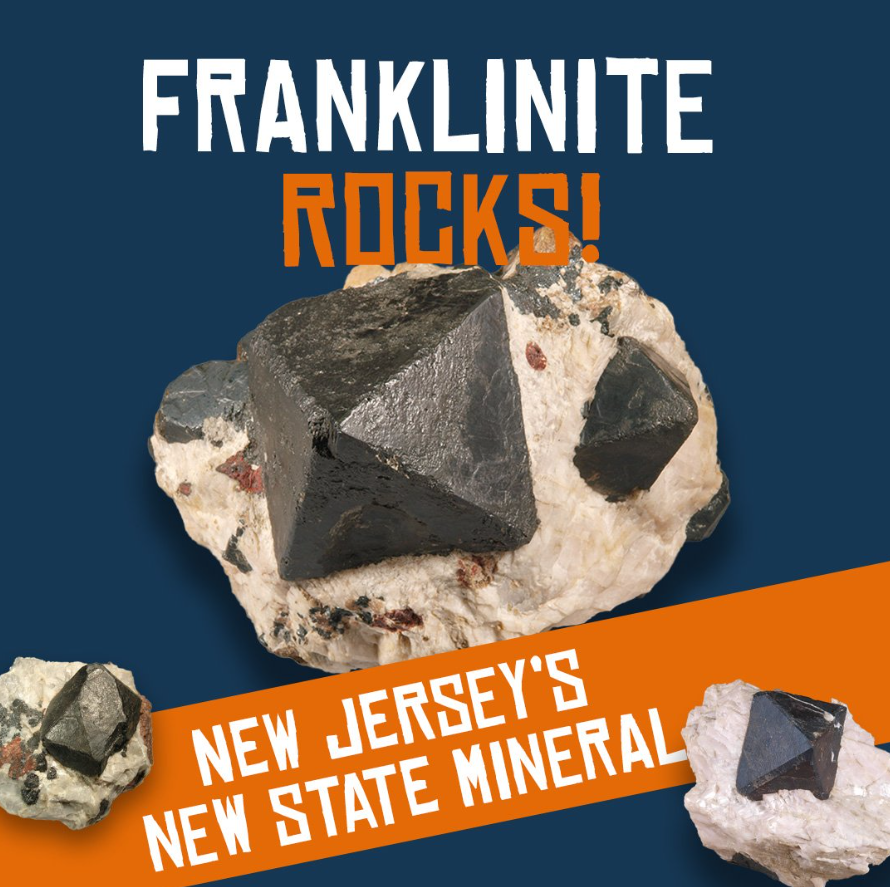
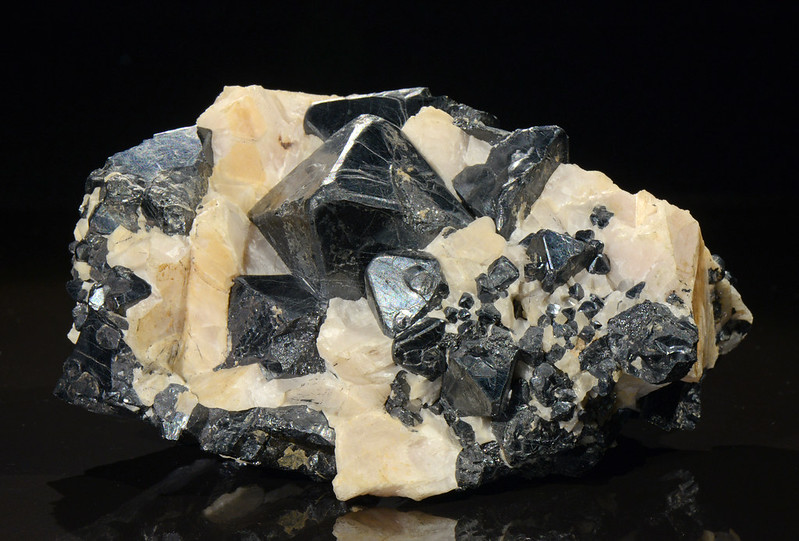
Since franklinite is only found in one spot in New Jersey to any appreciable degree, it’s become the state mineral.
Franklinite was discovered in Franklin, New Jersey in 1819. The Franklin Mine, where it was originally found, was primarily aimed for zinc ore. It and its sister mine in nearby Ogdensburg have produced nearly 350 distinct mineral species between them. Notably, many of these are fluorescent materials.
Today the mine is long gone, and Franklin is no longer a mining town. The 1,200 foot mine is now covered in water since operations have ceased, but it was an important contribution to the economy of New Jersey’s early history.
Not bad for what started as a relatively simple mining operation for magnetite.
A Relative of Spinel
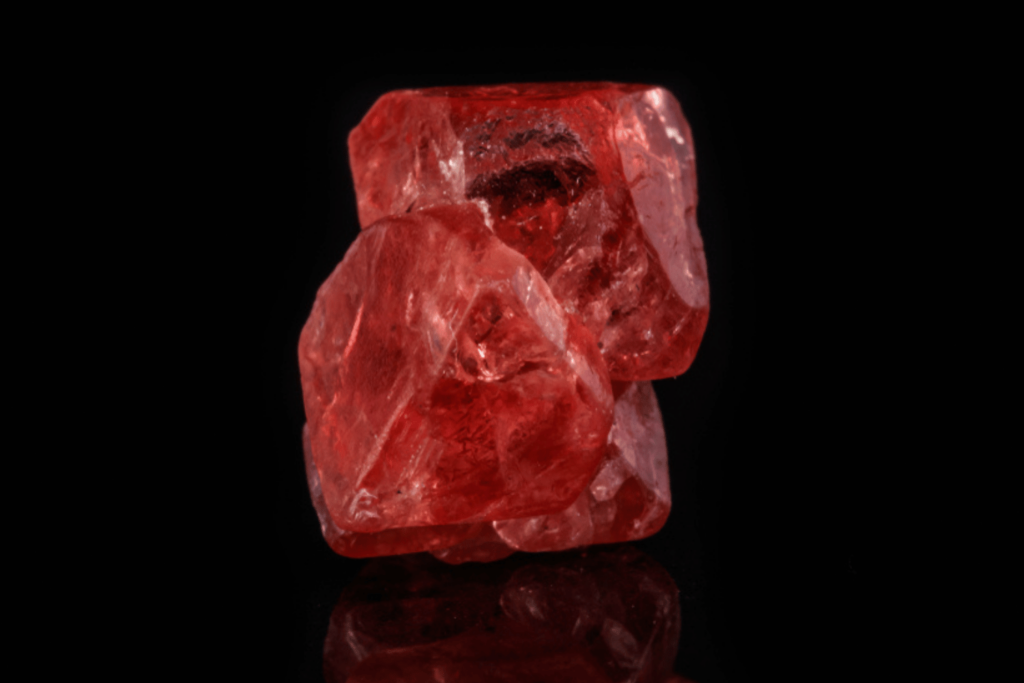
Spinel gemstones are some of the coolest in the world. Spinel are mainly known for their red and blue varieties, which are comparable in color to precious gemstones such as ruby and sapphire. There’s even a color-changing variety, that will appear in different shades depending on the local lighting.
While spinel is often very hard and used as a gemstone, franklinite is a much softer mineral and unlikely to be mistaken for spinel but the chemical relation is quite fascinating.
Like most spinels, franklinite is considered a solid solution. That means that it will have varying quantities of different metals throughout it’s crystalline structure, although if it gets too far from the ideal it really should be considered something else entirely.
Where is Franklinite Found?
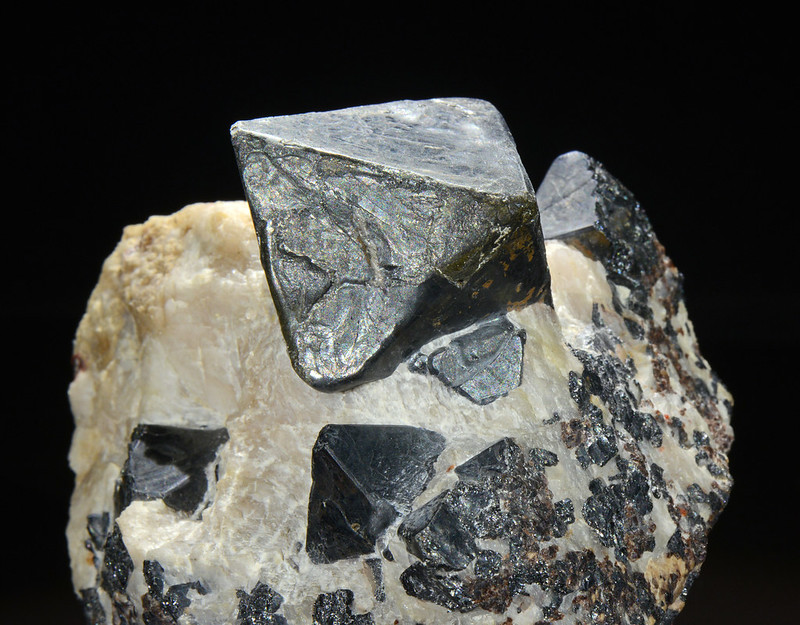
Franklinite is only found in New Jersey. Specifically, it’s named after the town of Franklin in that state. It is occasionally found elsewhere, but not in the desirable large crystalline form. Instead, it’s found very rarely and generally interspersed with rocks.
In the area where the type locality comes from, however, it’s a fairly common mineral.
Unfortunately, if you’re planning on hunting some down for yourself you may be out of luck. While older mining operations often found the large, desirable crystals these are considered mined out for the most part at this point.
So you may have to resort to buying it from someone, which introduces its own set of complications.
Buyer Beware: Counterfeit Franklinite
Desirable minerals are often faked, it’s just a consequence of the market. Because of the single type-locality and the fact that larger crystals aren’t found any longer, there are some issues with buying it.
The first is simply enhanced crystals. These have had all sorts of janky methods used to clean the surface and hide cracks. Franklinite often cracks in larger formations, reducing the value of the sample.
So why not fill it in with boot polish?
I mean, I personally wouldn’t, but it’s a testament to the kind of odd things people will do to increase the value of a crystal. Boot polish was an old method, and once the volatile components are gone it can be hard to detect without damaging the crystal further.
Crude methods like this are a hallmark of older mineral specimen fakes.
The other problem is that some people would assemble smaller pieces into one large crystal and then clean them up. These fakes can be harder to detect.
And then you have some people who will just sell magnetite crystals as franklinite due to their similarities. Due to the variable composition of franklinite, it can be hard to tell the difference other than the surface sheen which may not be evident if the crystal is rough enough.
Apart from carefully checking the surface and making sure it’s magnetic, there aren’t a lot of non-destructive tests you can perform at home. Even comparing the magnetism to a known sample of magnetite is a losing battle due to the varying zinc and iron balance in differing specimens.
While the market does have a lot of counterfeit material, large crystals of franklinite do change hands on occasion. Just be very careful where you decide to buy them, since the market is covered in fake material.
It will also come at a high cost, especially if it’s a real sample. I’ve seen great crystals listed for just shy of $10,000 through jewelers and mineral dealers. It’s worth getting a certificate from a geologist or gemologist if you’re going to spend that kind of money.
- Online rock and mineral club for collectors of all levels!
- Find community with like-minded rock and mineral enthusiasts.
- Monthly Giveaways!
- Free Access to Entire Digital Library of Products (annual memberships)


